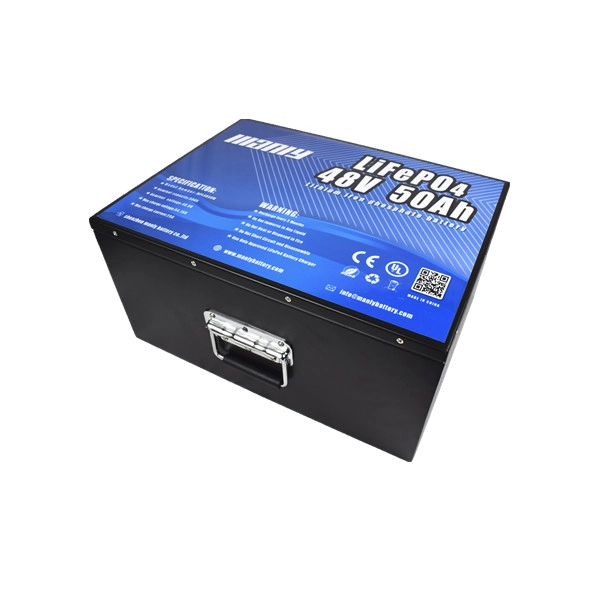HOW LONG CAN A GOLF CART SIT WITHOUT CHARGING
Table of Contents
When considering the care of your golf cart, especially how long it can remain idle without charging, it’s crucial to adopt best practices for golf cart storage to ensure the longevity and efficiency of your golf cart batteries. This guide will focus on essential strategies to maximize golf cart battery life, particularly through effective storage techniques and maintenance routines across different seasons. Whether you have lead-acid or lithium golf cart battery, understanding the proper charging and storage conditions can greatly influence the durability and readiness of your golf cart.
Factors Influencing Golf Cart Store without charging
A golf cart can typically sit for about two to three weeks without charging if it’s not going to be used. However, if you plan to leave your golf cart unused for longer periods, like during the off-season, charging every 30 days is recommended to maintain battery health.
Factors Influencing Battery Lifespan
- Type of Battery: The kind of battery—whether lead-acid or lithium battery—greatly affects how long it can last without a charge. Lithium golf battery charging tips include maintaining a partial charge during storage, which helps preserve battery integrity.
- Environmental Conditions: Keeping your golf cart store in a cool, dry place is crucial. Extreme temperatures, either hot or cold, can drastically reduce golf cart battery life. Using golf cart winter storage techniques can protect the battery in colder climates.
- Maintenance: Keeping the battery terminals clean from corrosion using a baking soda and water mixture ensures efficient charging and operation. Properly maintained batteries last longer and perform better.
Proper Storage Practices
- Location: Choose a storage location that shields the battery from severe temperature fluctuations. Golf cart storage sheds or covered areas offer protection from the elements, which is vital for battery longevity.
- Charging Equipment: Invest in a golf cart battery trickle charger. This device helps maintain the charge without overcharging, which is essential for periods of prolonged storage.
- Regular Checks: Even during storage, it’s important to check the battery periodically. Ensuring it holds a charge and addressing issues as they arise will keep your golf cart ready to go when needed.
Extended Storage Tips
If you’re leaving your golf cart for 6 months, it’s critical to prepare it correctly:
- Fully Charged State: Ensure your golf cart battery is fully charged before storage. Golf cart batteries fully charged but no power can indicate issues that might need more detailed attention.
- Disconnecting Power: Consider disconnecting the battery to avoid any power drains. This is particularly useful for long-term storage and can prevent unwanted discharge.
By following these guidelines, your golf cart’s battery can remain healthy and reliable, even when not in regular use. Proper care and regular maintenance extend the life expectancy of golf cart batteries, ensuring they perform well over the years.
Tips for Golf Cart Storage and Extend Golf Cart Battery Life
Proper Charging
Charge regularly is key to maximizing the golf cart battery life. Charging after every use or at least once a week during periods of non-use keeps batteries in optimal condition. It’s crucial to use the right golf cart battery charger specifically designed for golf cart batteries. Inappropriate chargers can lead to overcharging or insufficient charge, both of which deteriorate battery health.
Water Levels
Maintaining proper water levels is essential, especially for lead-acid batteries. Regular checks and adjustments prevent the battery from drying out or becoming sulfated, which can significantly reduce the life expectancy of golf cart batteries. Always use distilled water instead of tap water to avoid mineral buildup that can corrode and degrade performance.
Clean Connectors
Keeping the battery terminals clean and free of corrosion ensures efficient power transfer and maintains performance levels. Corrosion at the terminals can hinder electricity flow, impacting the battery’s effectiveness and lifespan.
Storing Smart
When not in use, storing your golf cart in a cool, dry place helps avoid damage from extreme temperatures. Golf cart storage sheds or climate-controlled environments are ideal. Extreme heat or cold can negatively affect battery performance and lifespan.
Disconnecting the Battery
Disconnecting the battery during long storage periods helps prevent parasitic drains. For golf carts that won’t be used for extended periods, such as over winter, this step is crucial to avoid battery discharge and damage.
Keep Charged
Even during storage, it’s important to keep your golf cart’s battery charged. A golf cart battery trickle charger can be used to maintain a full charge without overcharging, which is especially useful for golf cart winter storage.
Temperature Considerations
Storing your golf cart in overly hot or cold conditions can severely impact battery health. Parking in a shaded area or using a golf cart cover can protect against temperature extremes and prolong the battery’s useful life.
Seasonal Differences in Golf Cart Storage
Storing your golf cart properly during the off-season is crucial to ensure its longevity and readiness for use when the season returns. The approach to golf cart winter storage differs significantly from how you might store it in milder seasons due to the harsh effects of cold weather on battery performance and overall cart maintenance.
Electric Golf Cart Winter Storage Essentials
During winter, maintaining the health of your electric golf cart batteries is paramount. Unlike other seasons, the cold weather can dramatically increase the rate at which a battery loses charge and can permanently damage its ability to hold a charge if not properly cared for.
- Optimal Location: Always store your golf cart in a dry, covered area away from direct exposure to severe weather conditions. Golf cart sheds or garages are ideal, but a well-placed canopy or golf cart cover could suffice in areas with milder winters.
- Battery Maintenance: Unlike during warmer months, winter demands that you charge regularly your golf cart’s batteries. Lithium batteries discharge at about 2% per month, significantly lower than lead-acid batteries, but still require a mid-winter charge to maintain optimal health.
Charging and Care
To prevent damage, follow these specific winter charging guidelines:
- Reduced Charge Rate: In freezing temperatures, the charging current for lithium batteries should be reduced. For instance, under 32°F, reduce the charge current to 0.1C, and under 14°F, reduce it further to 0.05C to avoid damaging the battery.
- Regular Battery Checks: Check your golf cart’s batteries every two weeks during winter to ensure they maintain a charge and are not showing signs of wear or damage. This is especially important for lead-acid batteries which can degrade much faster in the cold.
Comparative Care in Other Seasons
In warmer seasons, the storage focus shifts more towards preventing overcharging and overheating, which are less of a concern in winter:
- Ventilation: Ensure your storage area is well-ventilated to prevent heat buildup around the golf cart and batteries.
- Less Frequent Charging: Batteries can hold their charge longer in warm weather, reducing the need for frequent charging. However, it’s still important to check battery water levels and ensure they are adequately charged before long-term storage.
- Protection from Elements: While winter requires protection from cold and moisture, summer storage should focus on protecting the cart from UV damage and heat, which can also degrade battery life and cart components.
Understanding the seasonal differences in storing your golf cart is key to ensuring it remains in excellent condition year-round. Properly preparing for winter storage by adjusting your maintenance routines can prevent costly repairs and extend the life expectancy of golf cart batteries. Whether it’s charging a golf cart battery in the winter or ensuring it’s shielded from summer heat, each season requires specific care to keep your golf cart ready for the greens.
Conclusion
Maintaining your golf cart by adhering to structured golf cart maintenance guidelines is crucial for prolonging the life expectancy of golf cart batteries. Through the tips and techniques explored in this guide, you can ensure that your golf cart remains in peak condition, ready to serve you whether it’s stored over a cold winter or a hot summer. Remember, regular checks and the correct golf cart battery charger usage are fundamental in preventing battery degradation. Whether you’re preparing to winterize your golf cart or simply parking it for a short period, the right approach to charging and golf cart storage sheds can significantly enhance the performance and lifespan of your batteries. Keep your golf cart prepared for any season by following these proactive storage and maintenance practices.





